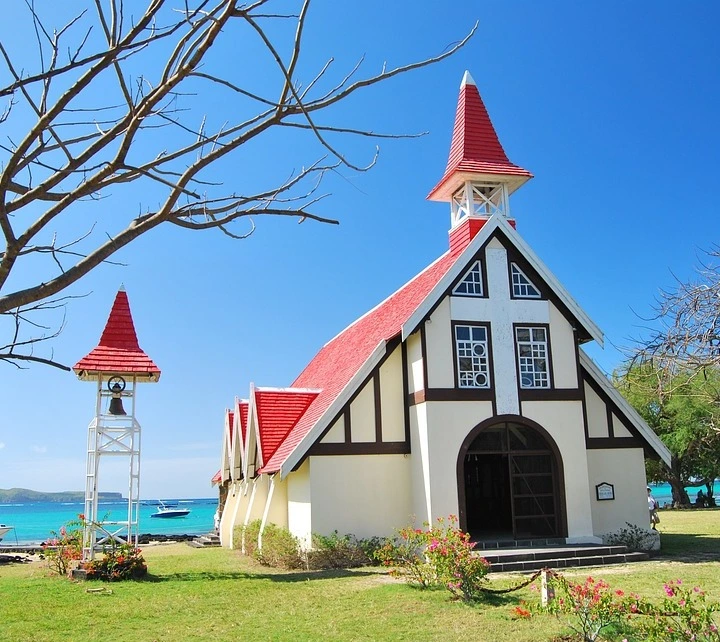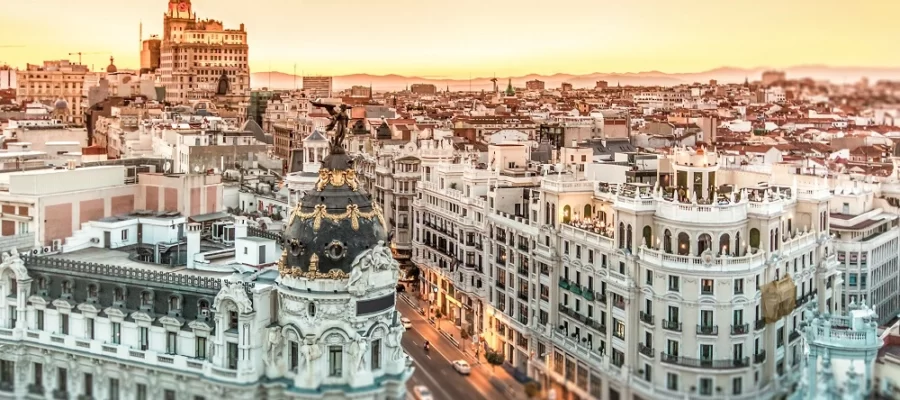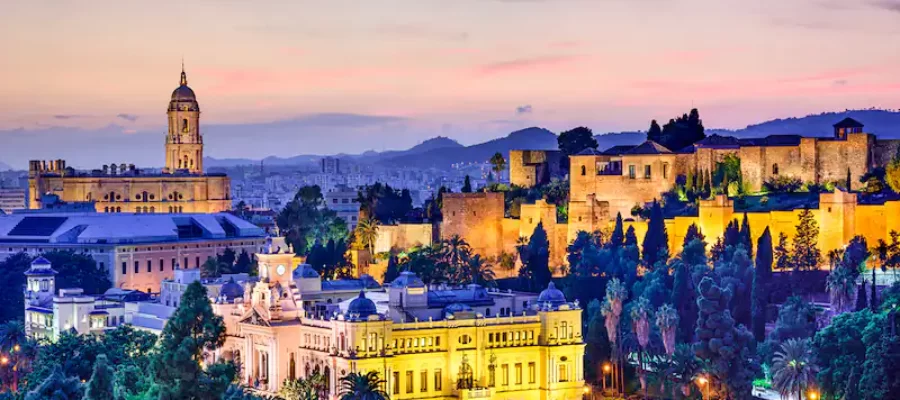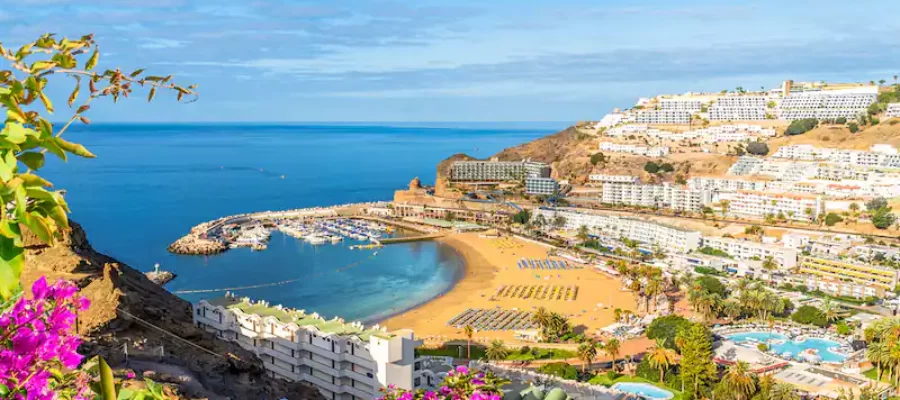Spain in March – A Comprehensive Guide to a Stress-Free Trip to Spain
In March, Spain is a fantastic choice for individuals looking for fun under certain financial constraints. During this time of year, Spain’s beaches start to draw tourists as the frigid weather starts to become better. Here, springtime offers a renewed sense of enthusiasm and enjoyment. You also wouldn’t want to miss this month’s fantastic celebrations in this country, such as the Fallas Festival. Spain is a country full with undiscovered beauties. The more you travel, the more you discover serene, aesthetically beautiful locations. From charming towns to late-night beach celebrations. Whatever you’re looking for, Spain has it all; just be ready to discover the unknown!
The main international entry and exit points are Madrid Airport and Barcelona Airport. You plan your journey such that you enter one city and leave the country. You may easily book a one-stop flight from New Delhi or Mumbai that will take you to either city in 12-14 hours.
March weather in Spain
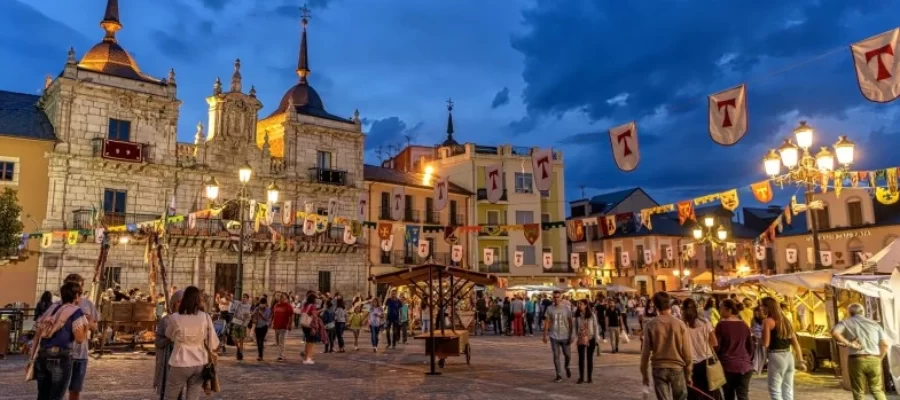
In March, Spain experiences transitional weather as winter gives way to spring. Across the country, temperatures begin to rise gradually, signaling the onset of milder and more pleasant conditions. In southern regions like Andalusia and the Mediterranean coast, March sees daytime temperatures averaging around 15-20°C (59-68°F), with occasional warmer days reaching up to 25°C (77°F). However, nights might still be cool, hovering between 5-10°C (41-50°F).
In central and northern Spain, including cities like Madrid and Barcelona, March tends to be a bit cooler, with daytime temperatures ranging from 10-15°C (50-59°F), while nights can be colder, dropping to 0-5°C (32-41°F). Rainfall varies by region, but March generally sees some precipitation, especially in northern areas.
Overall, March in Spain offers a transition from winter to spring, with gradually improving weather conditions, longer daylight hours, and a chance to witness the blooming of spring flowers in various regions.
Destinations in Spain for March
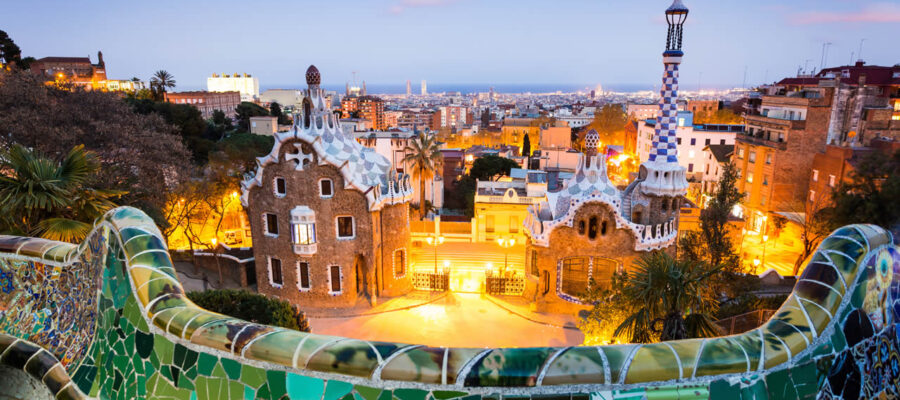
The Mediterranean coast will provide you wonderful sunbathing weather, while the north and Catalonia region will provide you with some rains. As you drive south, the atmosphere will become warmer. A perfect March vacation to Spain should include medieval locations like Granada and Seville, as well as the Fallas Festival in Valencia. Madrid, the capital, has a fascinating culture, gastronomy, and nightlife that you should not miss. This month, a trip to Madrid and the Mediterranean coast would be ideal. La Sagrada Familia, Gaudi’s gothic masterpiece cathedral, can be visited in Barcelona. A visit to the medieval hilltop village of Ronda, with its renowned stone bridges, is a must if you are in Andalusia.
- Sevilla : Seville (Sevilla), located in southern Spain, embodies a vibrant blend of history, culture, and architectural beauty. Renowned for its Moorish heritage, the city showcases magnificent landmarks like the Alcázar Palace, a UNESCO World Heritage site, boasting stunning Mudejar architecture and lush gardens. The colossal Seville Cathedral, a Gothic masterpiece, houses the tomb of Christopher Columbus. Seville pulsates with energy during the lively Feria de Abril festival, featuring flamenco dancing, horse parades, and traditional celebrations. Its charming streets, vibrant local markets, delectable cuisine, and passionate embrace of flamenco music and dance make Sevilla a captivating destination that embodies the essence of Andalusian culture.
- Cordoba : Cordoba, situated in Andalusia, Spain, exudes a rich tapestry of history and architectural splendor. The highlight is the mesmerizing Mezquita, a UNESCO-listed mosque-turned-cathedral adorned with stunning Moorish design and a Christian altar. The city’s narrow medieval streets, courtyards adorned with flowers, and the historic Jewish Quarter (Judería) preserve its multicultural heritage, creating an enchanting atmosphere in Cordoba.
- Galicia : Galicia, located in northwest Spain, is a region renowned for its lush landscapes, dramatic coastline, and Celtic heritage. Its rugged terrain includes the Santiago de Compostela pilgrimage route ending at the Cathedral of Santiago de Compostela, a revered Christian pilgrimage site. Galicia captivates with its green countryside, picturesque fishing villages, delectable seafood cuisine, and a unique cultural blend shaped by its Celtic roots.
- La Rioja : Spain is famous for its wine. But where does this wine come from. La Rioja is the place where you find hundreds of vineyards. Here you must also try tapas bars.
- Salamanca : It is considered to be one of the most beautiful cities of Renaissance period. Life in this city revolves around Plaza Mayor, which lined by cafes, bars and restaurants. This structure and area looks majestic after sunset when they are lit up. Most structure in this city are build with sandstones. University of Salamanca was founded 1218 and is one of the oldest institutes offering higher education.
March Activities in Spain

In Spain, there is always enough of culture, music, parties, and festivals. If you’re in Barcelona, check out the Picasso Museum and the Museu d’Art Contemporani (MACBA). You may do the same at the Prado Museum in Madrid. If the weather is nice, you can go to El Retiro Park, which has beautiful fountains, lakes, and tranquil green spaces. If you’re in Andalusia, don’t miss the medieval town of Ronda, which is famous for its stone bridges.
Let us know your requirements. Our experts will curate the perfect itinerary for you.







